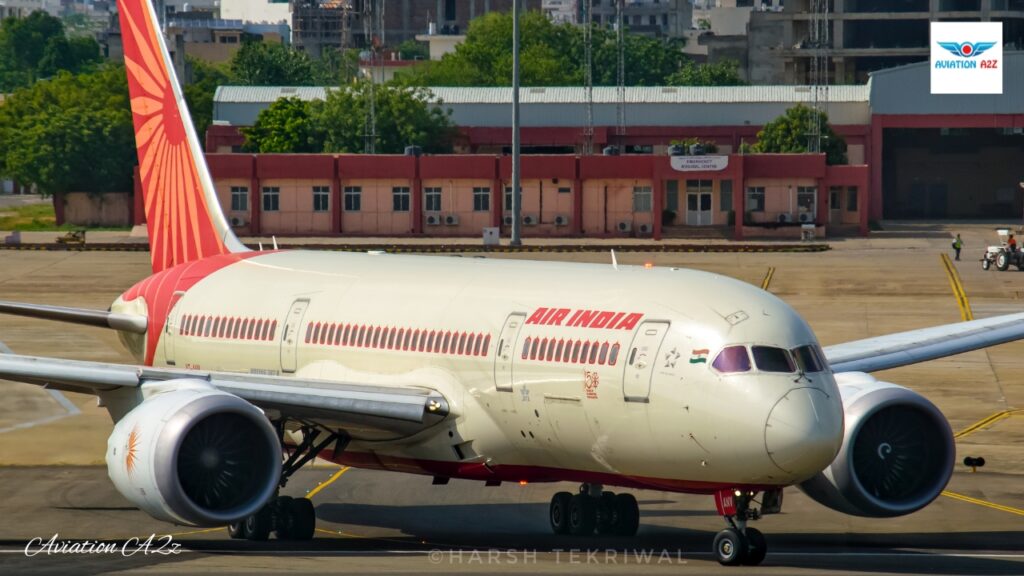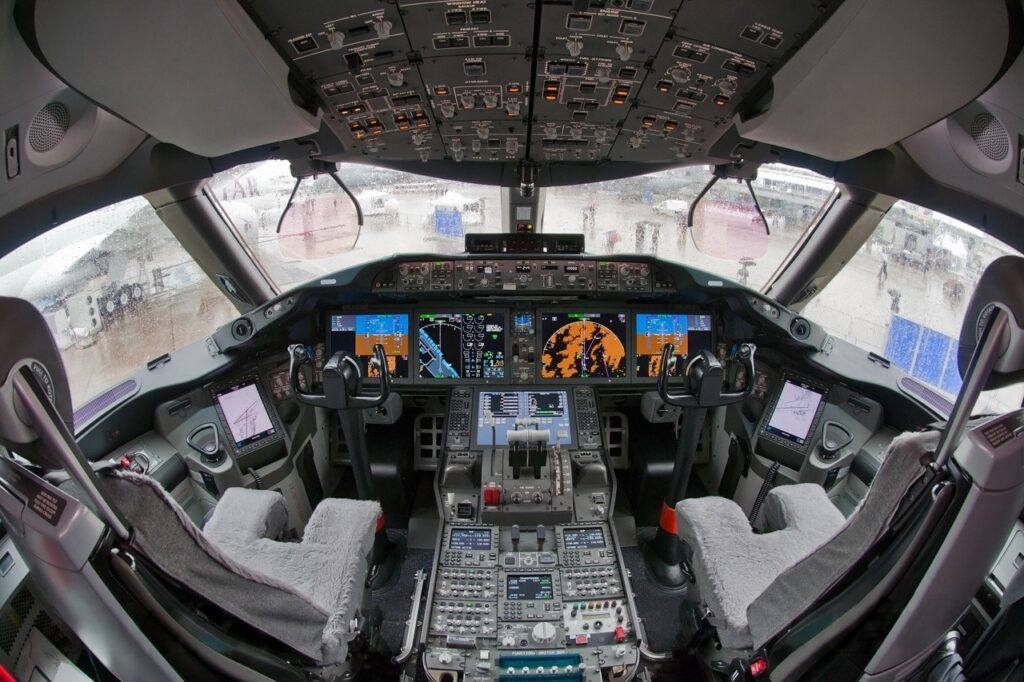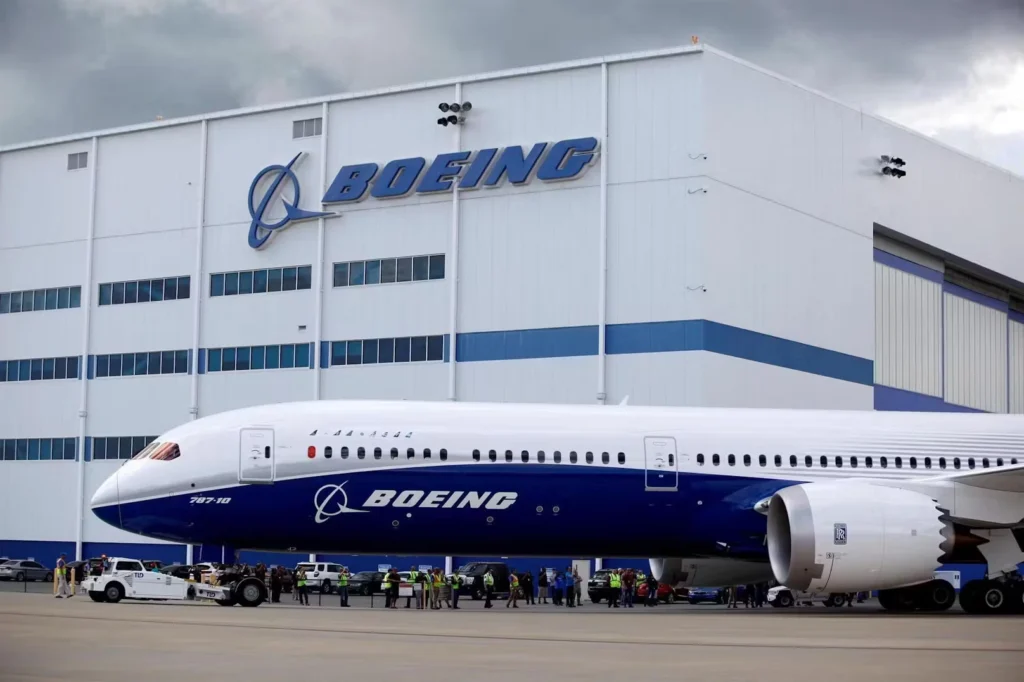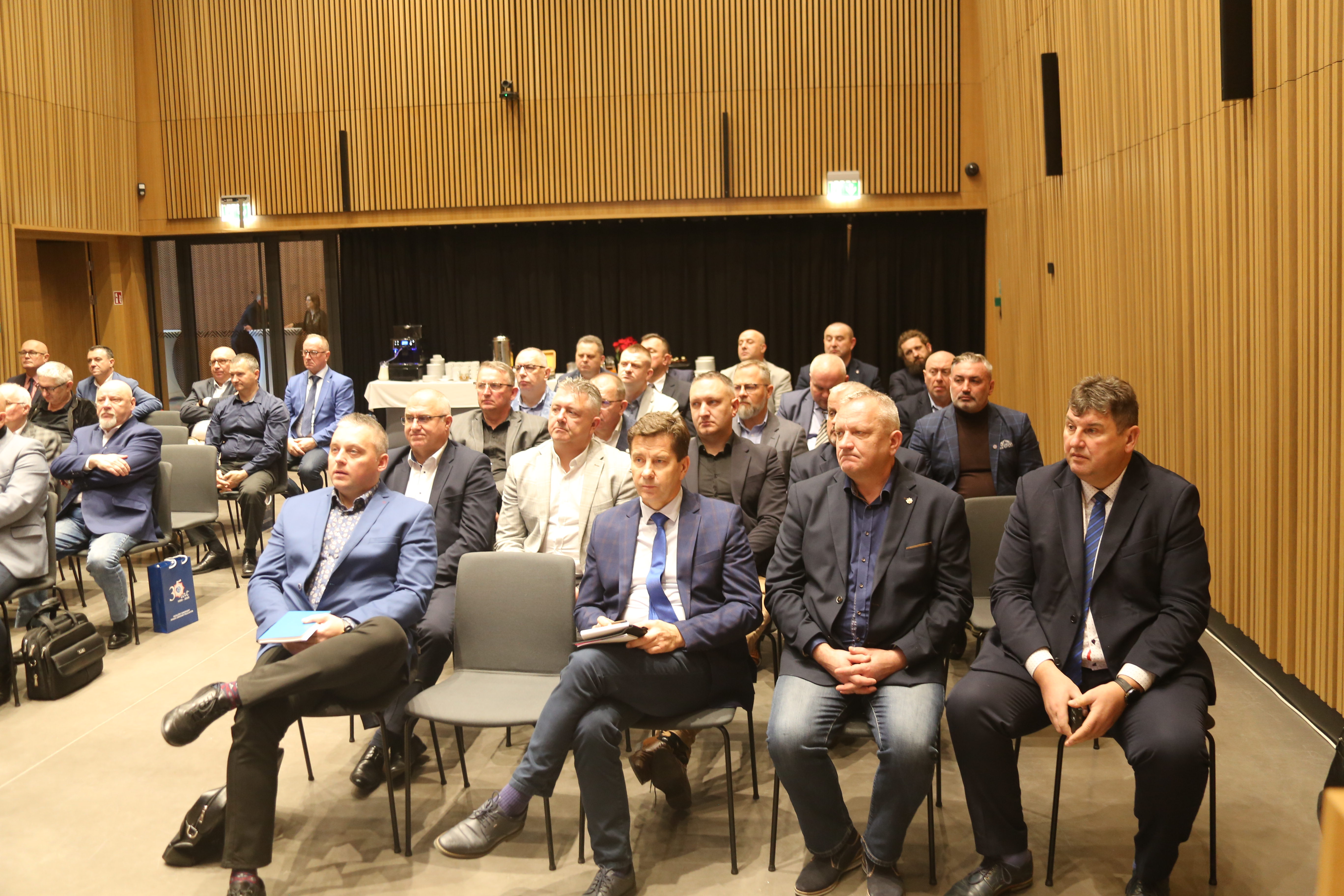
DELHI— Air India (AI) replaced the Throttle Control Module (TCM) of its Boeing 787-8 Dreamliner twice—in 2019 and 2023—as part of a scheduled maintenance directive issued by Boeing in 2019.
The aircraft, registered as VT-ANB, was operating flight AI171 from Ahmedabad (AMD) to London (LHR) when it fatally crashed shortly after takeoff on June 12, 2025, raising concerns about the TCM and its components, including the fuel control switches.
 Photo: Photo: avgeekwithlens/ Harsh Tekriwal
Photo: Photo: avgeekwithlens/ Harsh TekriwalAir India 787 TCM Replacements
Following a global revision of its Maintenance Planning Document (MPD) in 2019, Boeing mandated that all Dreamliner operators replace the Throttle Control Module after every 24,000 flight hours. This TCM includes critical components such as fuel control switches that regulate engine thrust.
In compliance with the directive, Air India confirmed through investigation records that it replaced the TCM of VT-ANB in 2019 and again in 2023.
However, India’s Aircraft Accident Investigation Bureau (AAIB) stated that these replacements were not linked to any known defect in the fuel control switches.
Despite the double replacement, the switches became the focus of the crash probe after investigators discovered they were found in a “cut-off” position immediately following takeoff.
The engines were later restarted, but the aircraft failed to gain sufficient thrust or altitude, leading to the deadly crash.
 Photo: By Alex Beltyukov – http://www.airliners.net/photo/Boeing/Boeing-787-8-Dreamliner/1940205/L/, CC BY-SA 3.0, https://commons.wikimedia.org/w/index.php?curid=20304402
Photo: By Alex Beltyukov – http://www.airliners.net/photo/Boeing/Boeing-787-8-Dreamliner/1940205/L/, CC BY-SA 3.0, https://commons.wikimedia.org/w/index.php?curid=20304402FAA Advisory and Component Design Concerns
The U.S. Federal Aviation Administration (FAA) had earlier issued a Special Airworthiness Information Bulletin (SAIB) in December 2018 concerning the disengagement of locking mechanisms in fuel control switches, particularly on Boeing 737 aircraft.
While the bulletin included advisory recommendations for inspections, it did not mandate any action for Boeing 787 operators.
The AAIB noted in its preliminary report that the locking switch design in VT-ANB’s B787-8 engines (powered by GEnx-1B) is similar to that used in other Boeing aircraft.
The report indicated that Air India did not perform suggested inspections from the SAIB, as these were non-mandatory.
 Photo- Heute; Wikimedia Commons
Photo- Heute; Wikimedia CommonsOngoing Investigation and Boeing’s Position
In response to inquiries by PTI, Boeing reiterated its support for the investigation and deferred all specific queries to the AAIB under the framework of ICAO Annex 13.
The preliminary report issued on July 12 noted that there are currently no recommended actions for Boeing 787-8 or GE GEnx-1B engine operators based on current findings.
No official cause has been assigned yet, but the investigation continues to focus on mechanical factors, particularly the role of fuel control switches, their design, and operational handling.
Stay tuned with us. Further, follow us on social media for the latest updates.
Join us on Telegram Group for the Latest Aviation Updates. Subsequently, follow us on Google News
If Air India 787 Pilot Did Not Move Fuel Switches, Then Is it Boeing’s Fault?
The post Air India Replaced 787 Throttle Module Twice Before Crash appeared first on Aviation A2Z.


















